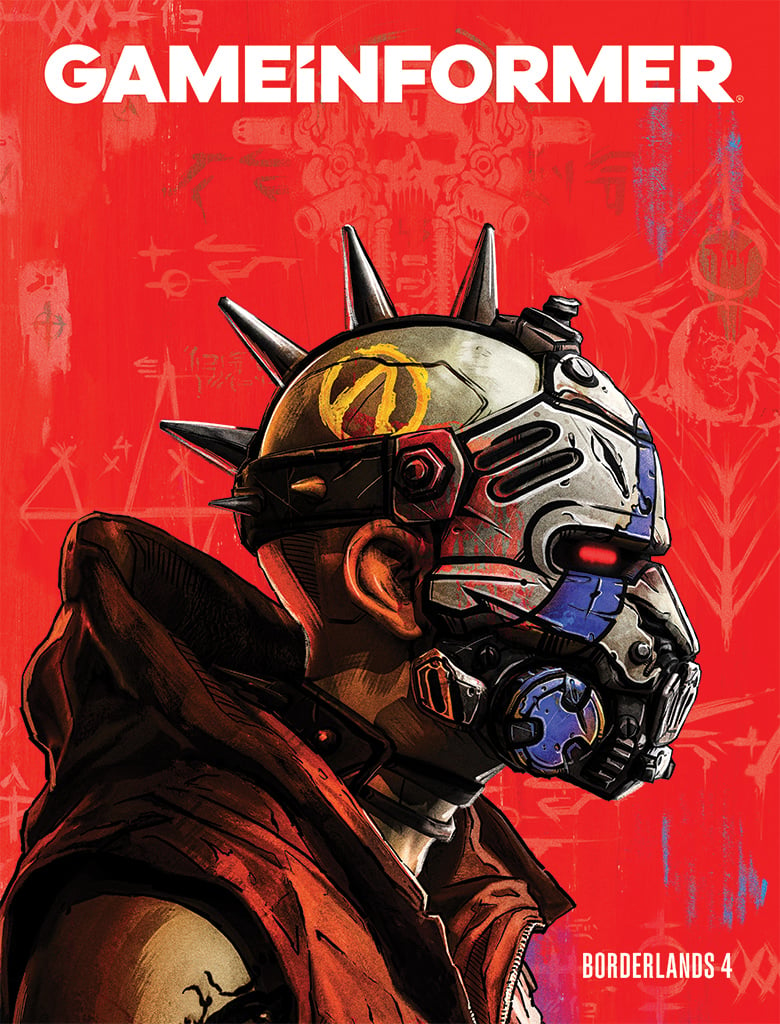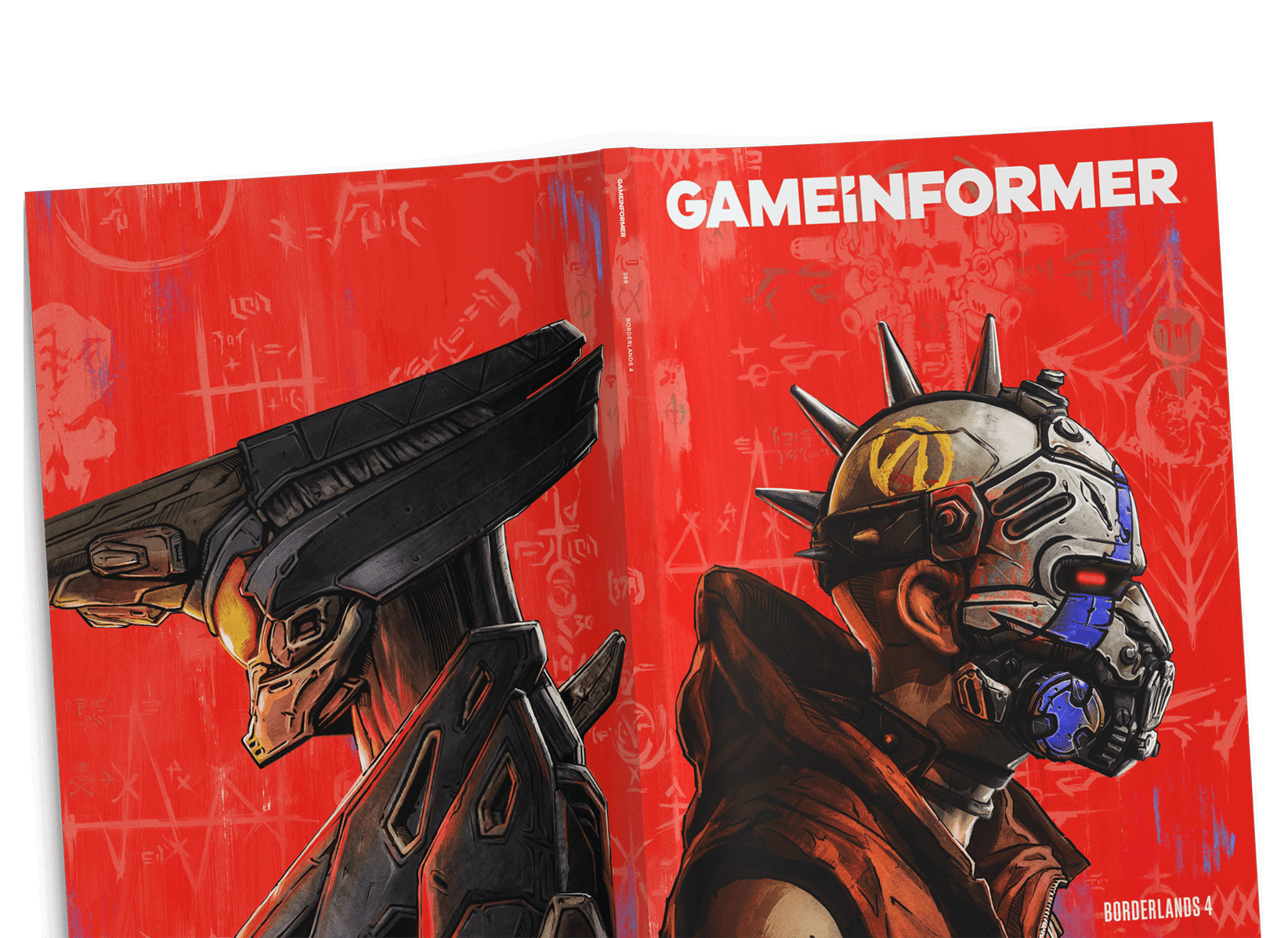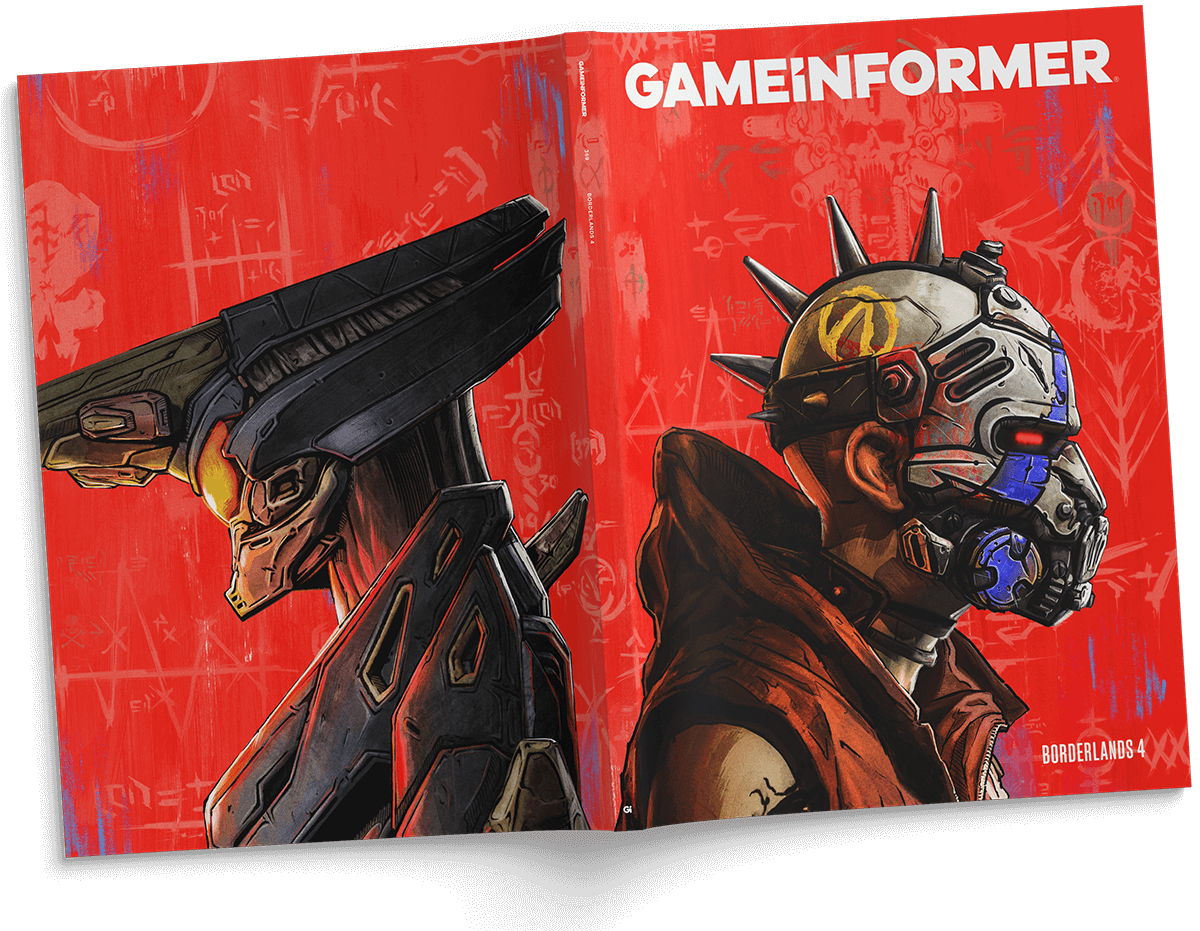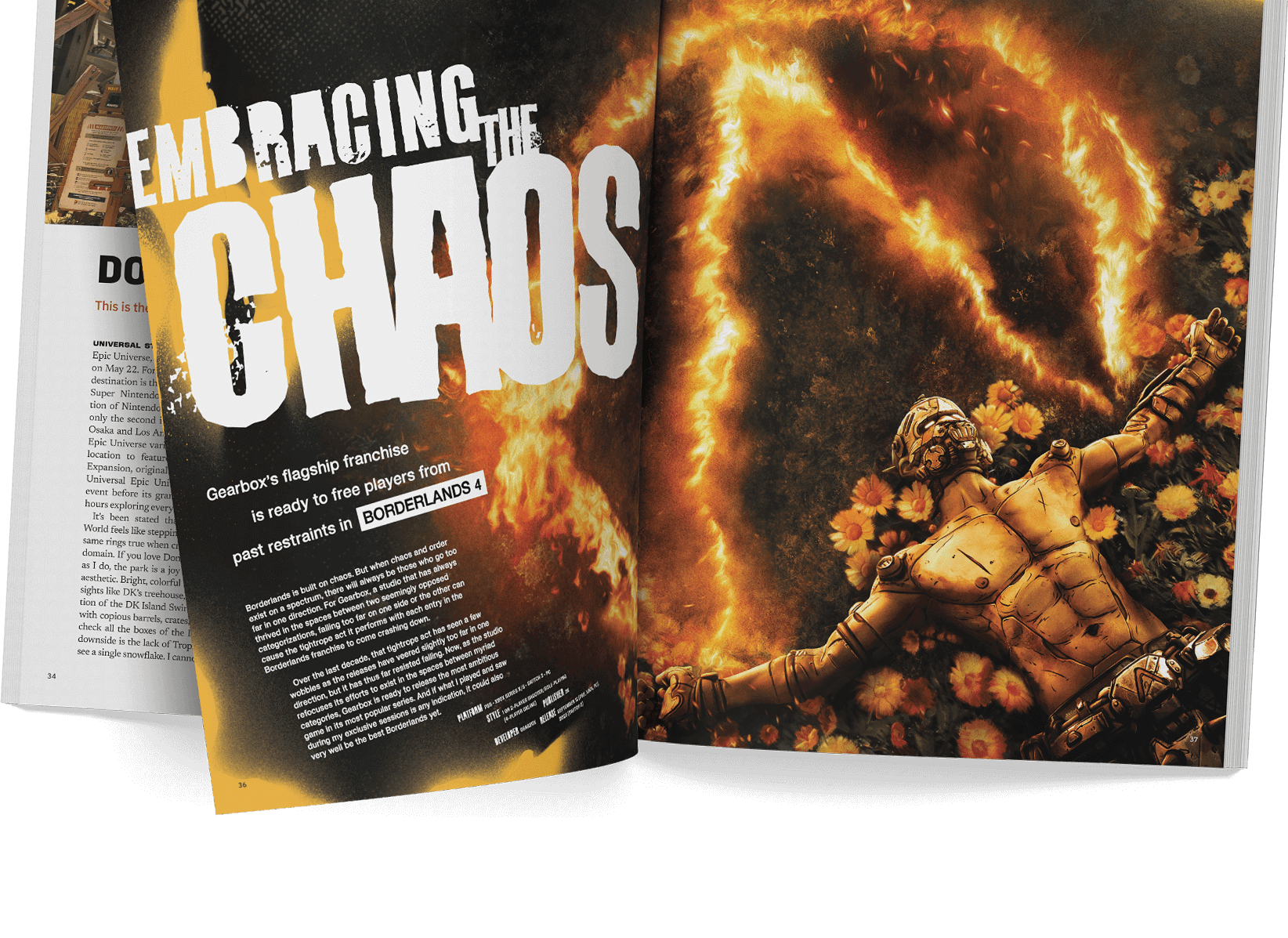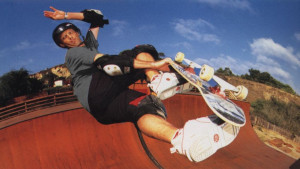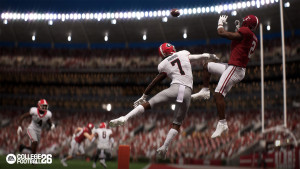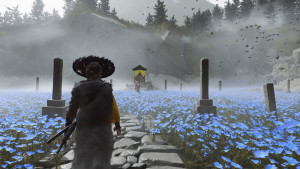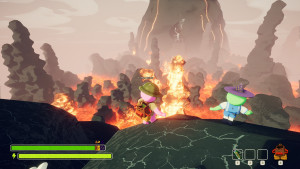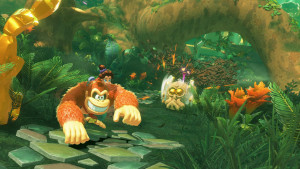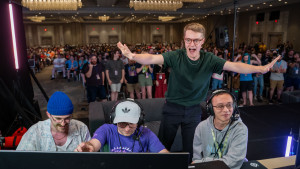Be the first to get Game Informer’s August Issue! Subscribe Now
What It Takes To Run A Fighting Game Tournament

Rick Thiher. Original photo credit: Chris Bahn
In this month’s issue of Game Informer we dove into the world of eSports, detailing how players, teams, and sponsors work with each other to ensure people who excel at games like Street Fighter, Halo, and more can make a living off their skills. Here at Gameinformer.com, we’re also looking at some of the periphery aspects of eSports vital to understanding the world of competitive gaming.
Without people like Rick Thiher, eSports tournaments would be chaos. Major events require hundreds of man-hours, months of planning, and the ability to manage dozens of moving parts deftly. Thiher runs Combo Breaker, one of the largest tournaments for fighting games throughout the year, and as attendees and players tell it, it’s a well oiled machine.
Thiher had a drive to compete as a player when he discovered fighting games with Street Fighter IV in 2009, but was often more excited about running tournaments than about playing in them. “I impact more people that way, which is fulfilling to me,” Thiher says. He helped put together Ultimate Fighting Game Tournament 9 as assistant director, then eventually ran its successor, Combo Breaker. We spoke to Thiher to get a sense of what it’s like to plan, build, and run a tournament, how to deal with players, and the long-term prospects of organizers like him.

Running On Tournament Time
In some way or another, Combo Breaker, which takes place in May of this year, is always on Thiher’s mind. “Since starting Combo Breaker in 2014 for the 2015 event, I can’t think of the last day that I didn’t reach out to somebody or do something for Combo Breaker,” he says.
The event is an enormous beast to wrangle. On top of running tournaments for nearly 20 games, the three-day fighting game convention features a 24-7 arcade, artists doing commissions, merch to buy, and exhibition matches, making it one of the better events for non-competitors to get into. Thiher also spends big when it comes to making the event stand out aesthetically. “I try to do elaborate staging,” he says. He also must create stream layouts and Twitter graphics, provide internet at the venue, and make sure the air conditioning’s up to par. None of this is cheap. These activities and amenities must be laid out, scheduled, and taken care of before the event can happen.
Combo Breaker is unique among fighting game tournaments in at least one way: it heavily prioritizes scheduling. When I ask Thiher about why so many tournaments run behind, he points to a few factors. For one, many of the people working the events are either volunteers or underpaid for their work. Thiher admits even Combo Breaker’s judges receive only “a little bit of cash and a t-shirt.” Some events don’t pay their judges at all. “That leads to people who aren’t necessarily always quick to run a bracket as it’s designed to run,” Thiher says. Without judges to properly direct them to their next match, players can get lost about where and when to play next.
Running multiple tournaments also adds another wrinkle, as players hop among brackets to find their next match in multiple games, which may be lined up for the same timeframe. Some games run longer than others, too; Super Smash Bros. tournaments, for example, run far longer than those for The King of Fighters, which run longer than Tekken, and so on. This means judges have keep all these variables in mind when directing players.
These issues are related, and the answer to most of them is to find judges “who are willing to disqualify people, which no one wants to do,” Thiher says. If a player’s not where they’re been told to be at the appointed time, judges need to be stringent about giving people the boot (and telling them where to be in the first place).
Tournaments also must account for not only the players’ time, but the equipment’s time as well. At any given tournament, there may only be a certain number of consoles and screens, which means making sure you have enough setups to accommodate the number of competitors and that those setups are left empty as rarely as possible. This also means knowing when to close off registration for an event, even if it means foregoing possible revenue for the sake of a better tournament.

Dealing With Players
The biggest feature of any tournament, of course, are the players. A tournament is only as prestigious as the competition and community that attends it, and if several strong players attend your event, it’s likely more people will attend or watch online.
Getting them to come out isn’t always as simple as an invite. High-profile players, even sponsored ones, will ask for different kinds of accommodations at events. Some want their airfare or hotel paid, which most of the time isn’t worth it for Thiher. Already strapped for cash when it comes to tournament logistics, he won’t pay for players to come out. He’s more than happy to co-promote with them, but he cannot pay them outright. “In regards to them just being a player, they’re no different than anyone else showing up,” Thiher says. “They’re just better at pushing the right buttons at the right time.”
Others instead asked for preferential treatment when it comes to the tournament itself. Many fighting game tournaments are seeded, which means strong players are moved away from each other to avoid scenarios where, say, four of the best players are all in the same eight-person bracket at the start of the tournament. Though skill is a factor in seeding, it’s often done without player input, relying instead on nationally-trusted seeding staff. However, some players will ask to be moved. “[They’ll say] ‘I don’t want to play that guy, seed me away [from him],’” Thiher says.
Others still will ask to be “floated,” which is essentially a way of asking for a free win. “Let’s say 13 people showed up to play in a tournament,” Thiher explains. “Somebody’s going to have a bye in round one. Floating is when you don’t have to give a bye in round on, but you’re still moving someone further ahead in the bracket to increase their chances of being in [the] top eight.”
Not all players are looking for an out, however. “Daigo [Umehara], for instance, when he came to CEO [Community Effort Orlando, another marquee tournament], still played round one with everybody else,” Thiher says. He sees this aspect of the fighting game community – that any player, regardless of their stature, must prove themselves at every tournament – as a vital part of what makes the fighting game community special. “Our best player in America is probably still Justin Wong,” Thiher says. “Half the time he’s in the first pool of the day, and he’s the first guy in the room.”
On page 2, learn more about how the fighting game tournament scene may be able to grow in the long term.
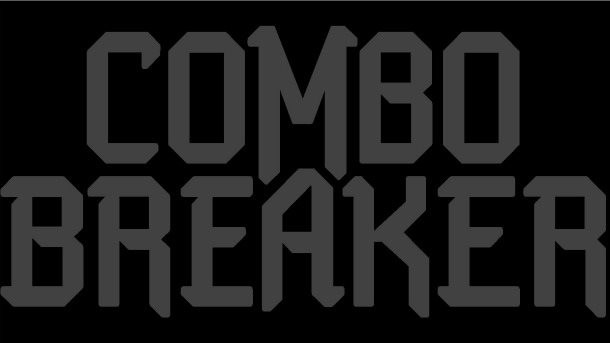
Growing The Scene
In just three years and two events, Thiher has turned Combo Breaker into one of the biggest tournaments of the year. Though he’s immensely proud of the event, Thiher admits it’s not a lucrative venture. According to him, most fighting game tournaments aren’t that much more successful, either. “Revenue is not really the target of most of these events – we’re not paying bills running them,” he says.
Most of Combo Breaker’s revenue comes from a combination of venue fees from companies who want to sell items like fighting game arcade sticks or other peripherals at the event and those who advertise on the event’s livestream. Much of the prize pool for each tournament comes from tournament entry fees (usually around $10), as well as any “pot bonus” the publisher of a game may want to provide for their game. Most of the time, Thiher doesn’t see any of that money, though some publishers (like Capcom and Mortal Kombat developers NetherRealm studios) occasionally help fund logistics.
All told, Thiher says the event has been a wash financially every year he’s run it, but he’s not planning on cutting corners to save cash anytime soon. “There are versions of Combo Breaker I could run and make dollars from,” he says. Thiher pays every judge, commentator, artist, and staff member that helps make the event what it is. If he skimmed on paying those people he could possibly make off with a small profit, he tells me. Thiher would love to go into tournament-directing full-time, since it would tie all his skills and degrees together. But he’s not counting on that being the case anytime soon.

Instead, Thiher looks at Combo Breaker as his contribution to helping the fighting game community grow. “I’d like to see an eSports industry attached to the genre that I love,” he says. “[One] that supports people being able to do these things because they love it, and make an income that lets them do it every day.” For fighting game tournaments to gain the prominence they need to be lucrative, someone must do them when they’re not, and it may as well be him. ““If nobody’s working on it while it’s developing, that growth doesn’t arrive,” he says.
That growth is a sticking point in fighting game communities, many of which are weary of calling themselves “eSports” in the first place for fear of being exploited by investors. Instead, Thiher wants to take the long view. “Growing sustainably without just jumping into a bubble is going to be slow,” Thiher says. “But [eventually] expectations get higher, ticket fees go up, sponsorships begin to include more than a plane ticket and a jersey.”
Key to the scene’s growth, per Thiher, is finding a wider breadth of sponsors. “You see ads for fightsticks, HyperX memory cards. You don’t see an ad for Cheez-Its,” he says. Those kinds of sponsors are rare; in 2015, frozen pizza maker Totino’s sponsored the Street Fighter tournament Capcom Cup, though the current list of the event's sponsors no longer includes the company.
Once sponsors like that start taking an interest, Thiher could possibly make a living from putting together the kinds of events that make fighting games so fun to watch. Until then, he can only dream of having the kinds of sponsors that could make his event better. “If I could just walk around a room and bum Red Vines off of people, that’s an exciting prospect for my sweet tooth,” he says.
For more on the world of eSports, check out this month's issue of Game Informer, and be sure to check out all of this month's eSports stories.
